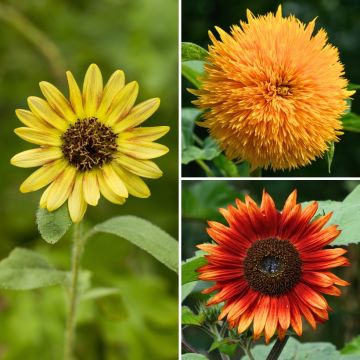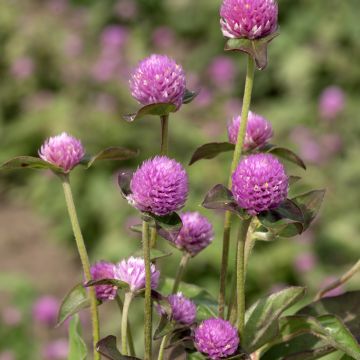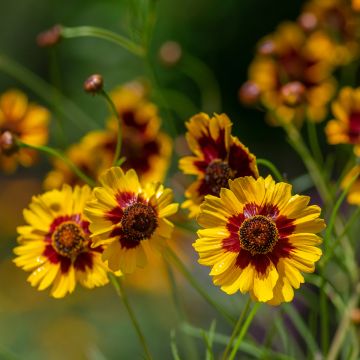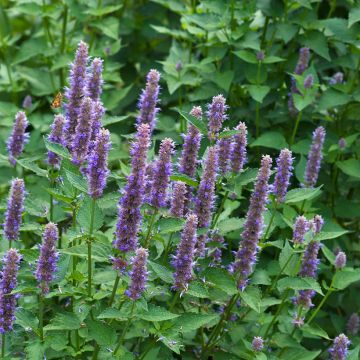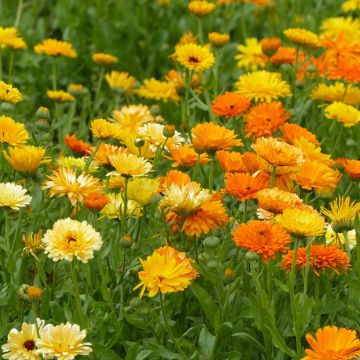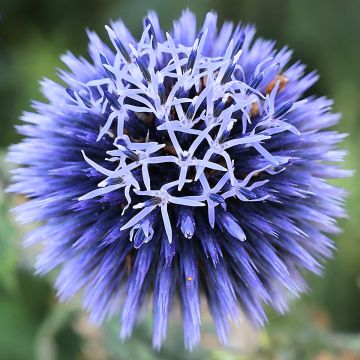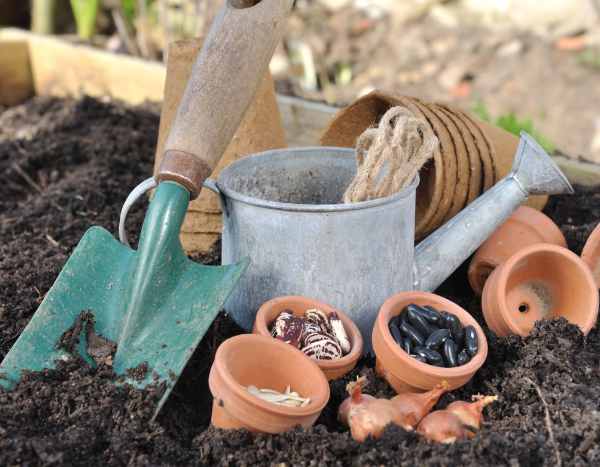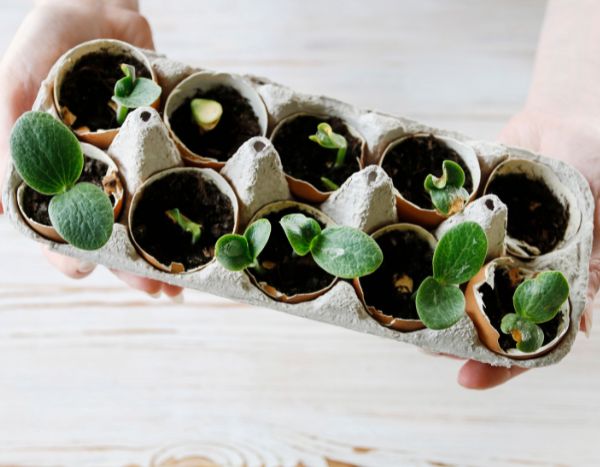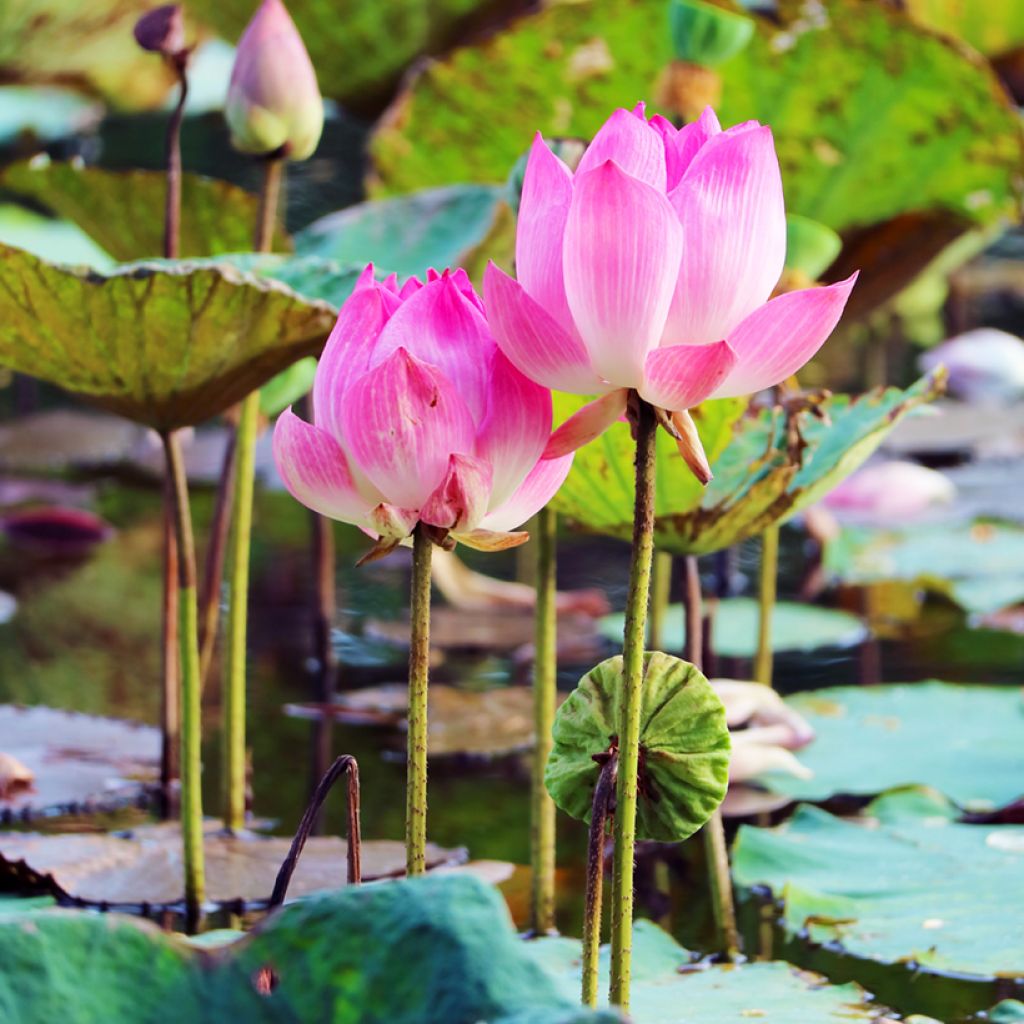

Nelumbo nucifera seeds - Sacred lotus
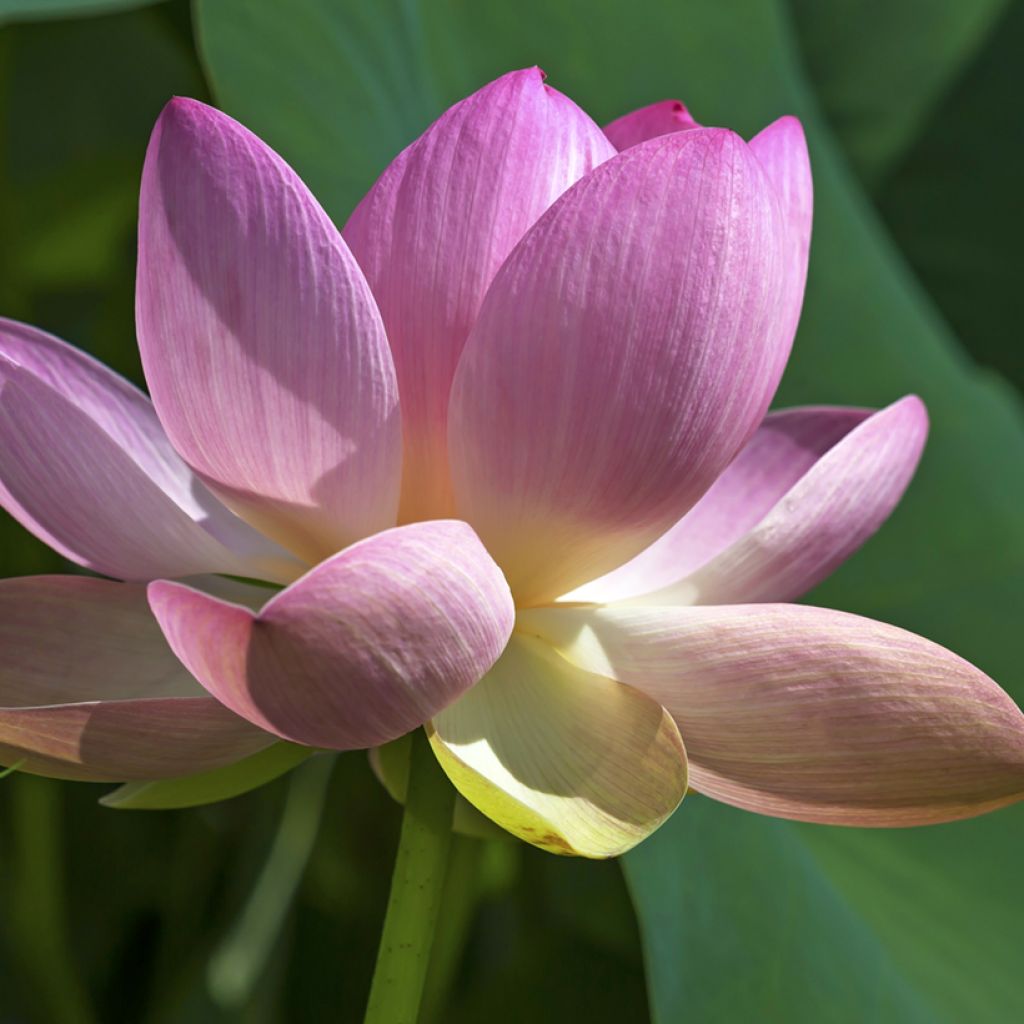

Nelumbo nucifera seeds - Sacred lotus
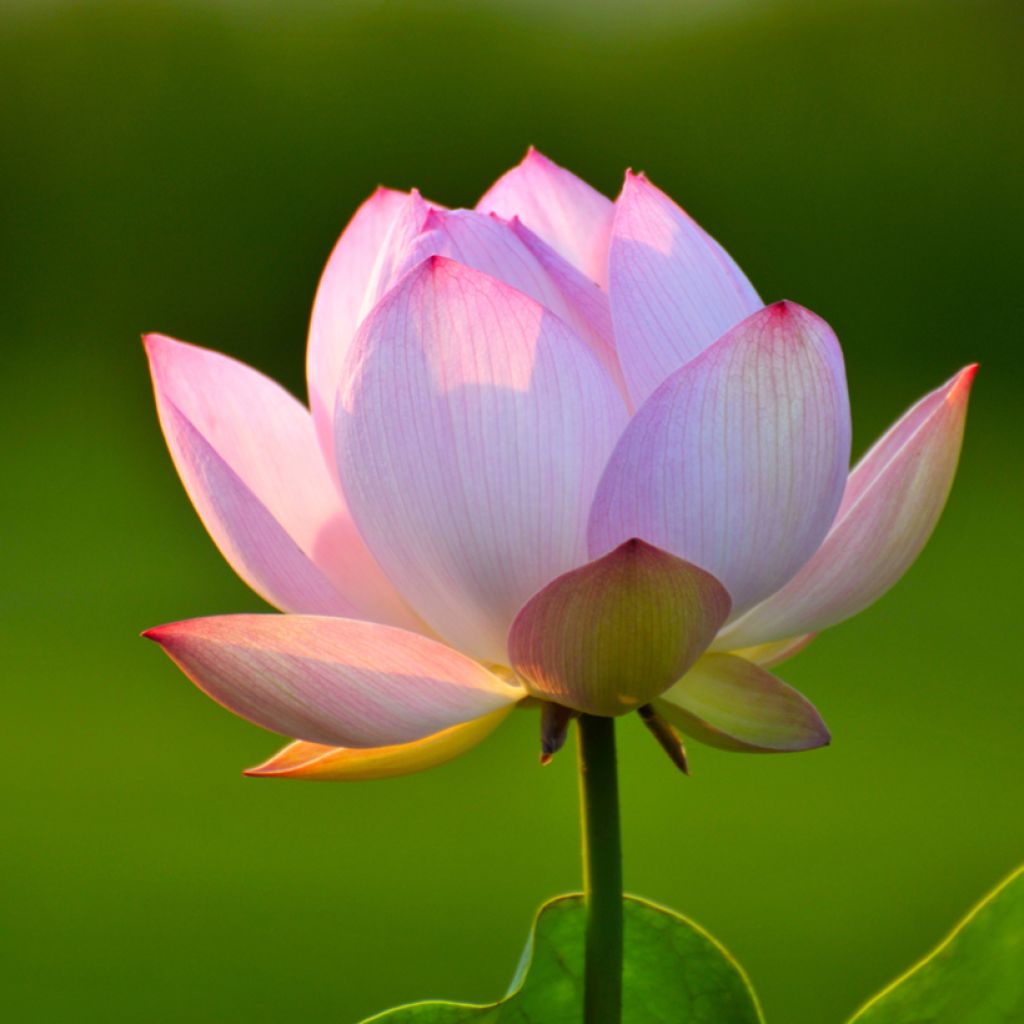

Nelumbo nucifera seeds - Sacred lotus
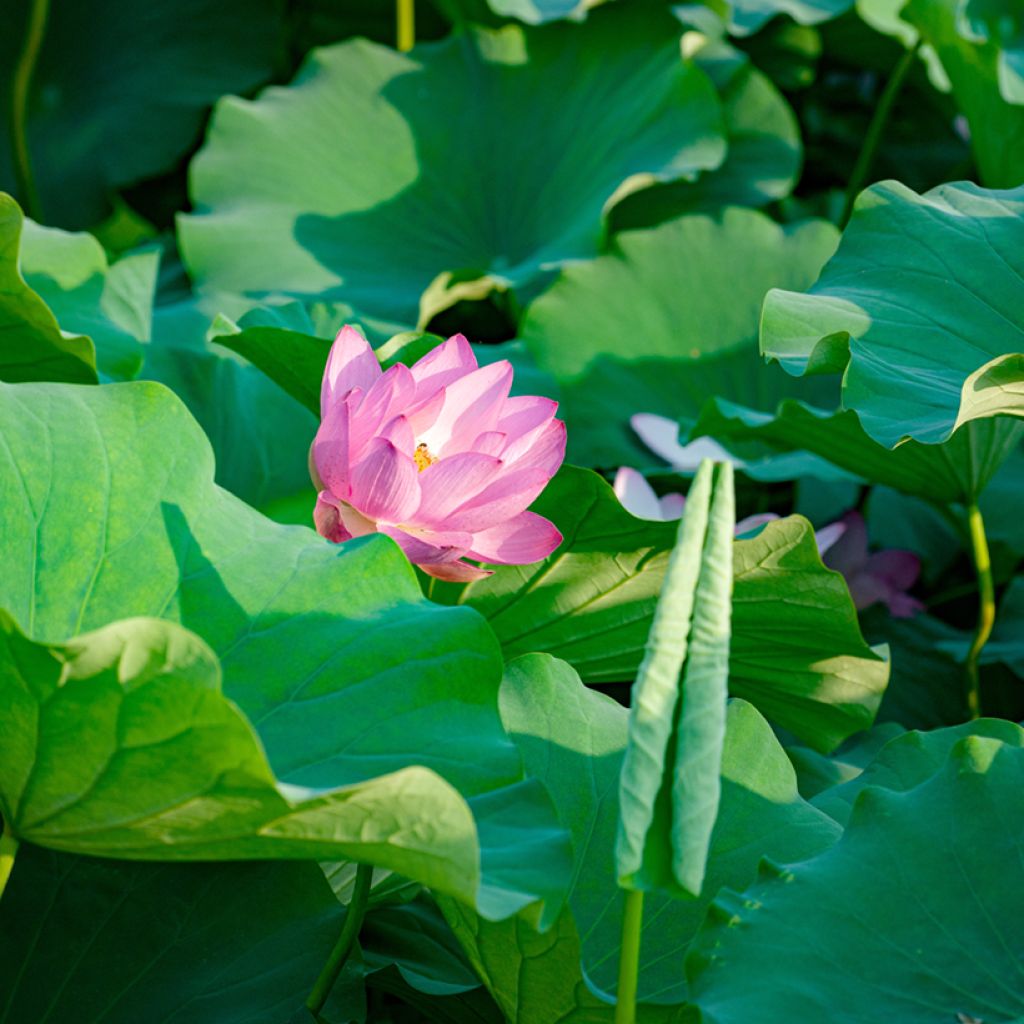

Nelumbo nucifera seeds - Sacred lotus
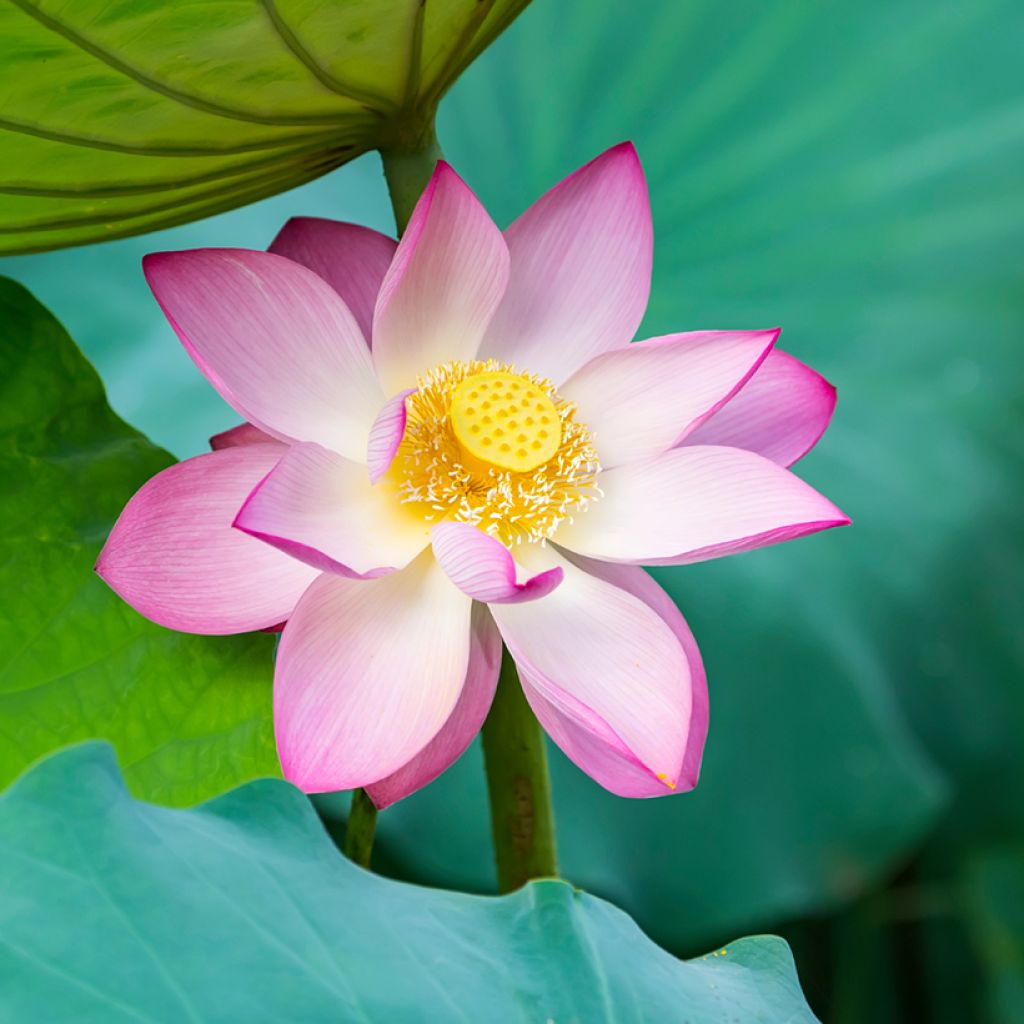

Nelumbo nucifera seeds - Sacred lotus
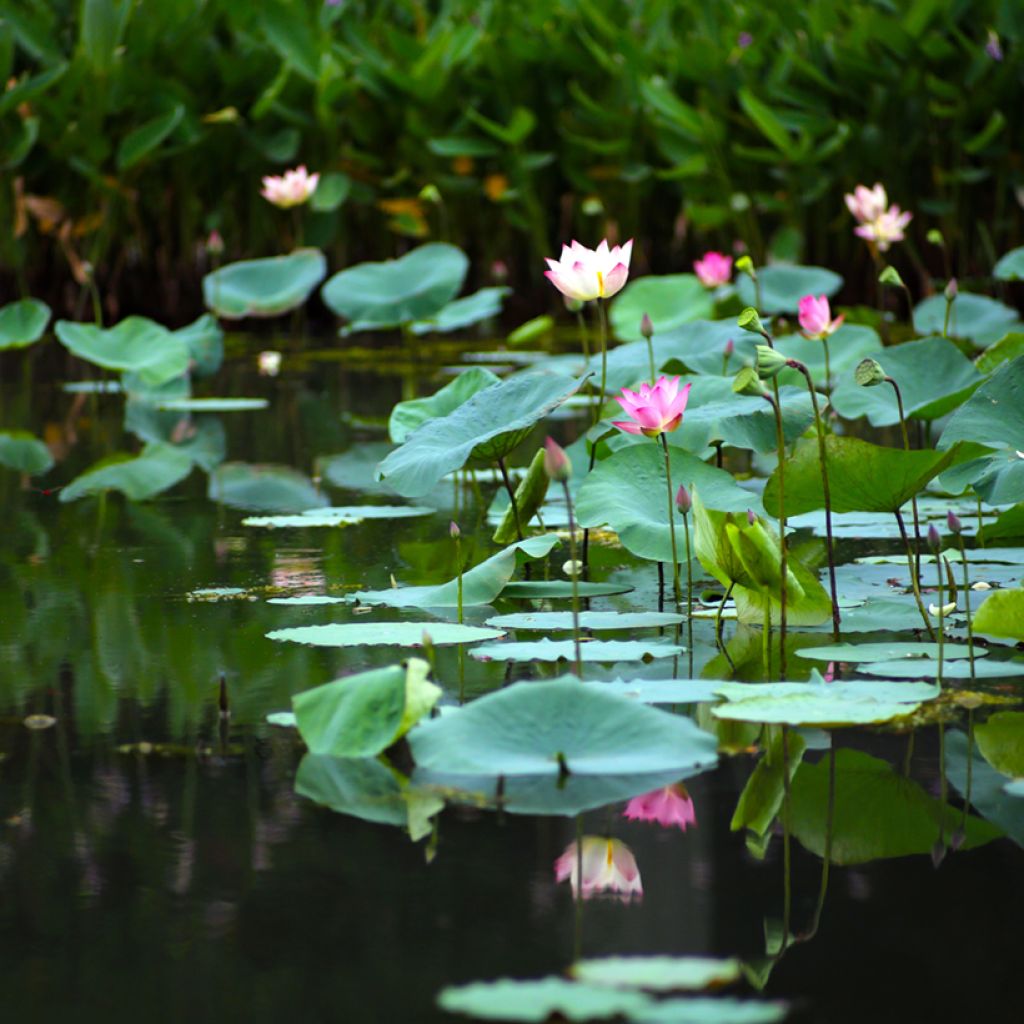

Nelumbo nucifera seeds - Sacred lotus
Nelumbo nucifera seeds - Sacred lotus
Nelumbo nucifera
Sacred Lotus, Indian Lotus, Lotus
Special offer!
Receive a €20 voucher for any order over €90 (excluding delivery costs, credit notes, and plastic-free options)!
1- Add your favorite plants to your cart.
2- Once you have reached €90, confirm your order (you can even choose the delivery date!).
3- As soon as your order is shipped, you will receive an email containing your voucher code, valid for 3 months (90 days).
Your voucher is unique and can only be used once, for any order with a minimum value of €20, excluding delivery costs.
Can be combined with other current offers, non-divisible and non-refundable.
Home or relay delivery (depending on size and destination)
Schedule delivery date,
and select date in basket
This plant carries a 6 months recovery warranty
More information
We guarantee the quality of our plants for a full growing cycle, and will replace at our expense any plant that fails to recover under normal climatic and planting conditions.
Would this plant suit my garden?
Set up your Plantfit profile →
Description
Sacred lotus seeds (Nelumbo nucifera) offer the opportunity to grow and nurture this exceptional aquatic plant, renowned for its fragrant, majestic flowers in a delicate pink hue. Its floating leaves, shaped like shields, bring an exotic and zen touch to ponds and water gardens. A symbol of purity and spirituality, this perennial is perfect for enhancing a water feature or pond while promoting a balanced aquatic ecosystem.
Nelumbo nucifera belongs to the Nelumbonaceae family. Symbolising purity and spiritual elevation, the lotus develops sturdy stems that can emerge from the water up to 1.50 metres in height. In summer, its large flowers bloom above the surface, captivating with their elegance and delicate fragrance. After flowering, they give way to decorative seed pods containing hardy seeds capable of germinating even after many years. However, plants grown from seeds require two to three years to reach maturity and begin flowering, a period necessary for the development of submerged rhizomes. The plant is characterised by its large, waxy, water-repellent (hydrophobic) leaves and remarkable flowers that close at night. Its flowers, which can reach 20 to 30 cm in diameter, consist of broad, silky petals in pale pink and cream, with a bright yellow centre that attracts pollinators. Their delicate, sweet fragrance evokes the gardens of tropical Asia. The floating leaves, meanwhile, measure between 40 and 60 cm in diameter and are covered with a hydrophobic cuticle, allowing them to repel water and remain clean. The foliage is deciduous, disappearing in winter before reappearing in spring. Caution: contact with lotus foliage may cause skin allergies!
Native to Asia, India, and Australia, Nelumbo nucifera is a botanical species that has been present for millennia in cultures and aquatic landscapes. In China and India, it is deeply rooted in Buddhist and Hindu traditions, where it symbolises purity and rebirth. In Thailand and Vietnam, it is cultivated for its edible seeds and rhizomes, while in Australia, it grows naturally in the marshes and lagoons of the country's north. This plant adapts to temperate and tropical climates.
The submerged rhizomes are particularly hardy and can survive temperatures as low as -12/-15°C, as long as they remain buried underwater, protected from direct frost. The sacred lotus is an exceptional plant for natural ponds and water gardens. It can be paired with other aquatic plants such as water lilies, dwarf Japanese horsetails, or papyrus, to create an exotic and enchanting atmosphere.
Report an error about the product description
Nelumbo nucifera seeds - Sacred lotus in pictures
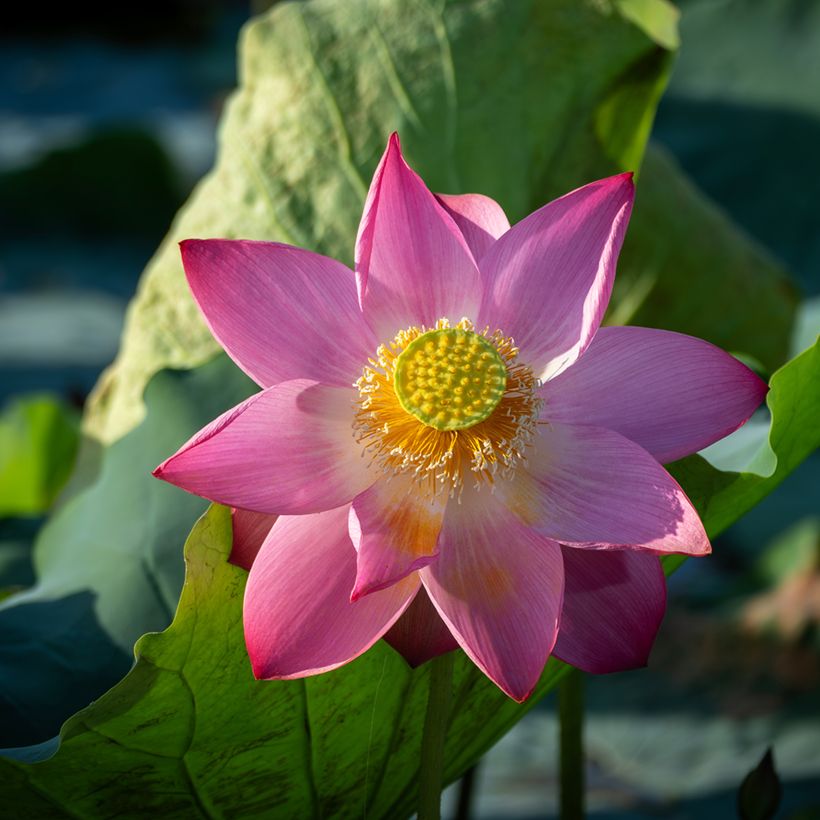



Flowering
Foliage
Plant habit
Safety measures
Botanical data
Nelumbo
nucifera
Nelumbonaceae
Sacred Lotus, Indian Lotus, Lotus
Nymphaea nelumbo, Nelumbo caspica, Nelumbo speciosum, Nelumbo nelumbo, Nelumbo komarovii
India, China, Southeast Asia, Australia
atteintescutaneomuqueuses
Cette plante peut provoquer l'apparition de réactions cutanées indésirables, une atteinte des yeux, ou des difficultés respiratoires si elle est ingérée.
Ne la plantez pas là où de jeunes enfants peuvent évoluer. Evitez tout contact avec la peau: privilégiez l'emploi de gants pour la manipuler. En cas de contact, lavez-vous soigneusement les mains et rincez abondamment à l'eau la zone concernée. Lavez les vêtements entrés en contact. En cas de réaction cutanée, contactez votre médecin ou le centre antipoison le plus proche de chez vous. En cas d'atteinte étendue ou de difficultés respiratoires, appelez immédiatement le 15 ou le 112.Pensez à conserver l'étiquette de la plante, à la photographier ou à noter son nom, afin de faciliter le travail des professionnels de santé.
Davantage d'informations sur https://plantes-risque.info
Other Flower seeds
View all →Planting and care
To successfully germinate sacred lotus (Nelumbo nucifera) seeds, the hardness of their shell must be taken into account, especially if the seeds have been stored for an extended period.
Before sowing, gently scarify the outer coating of each seed using a file or sandpaper until the white interior is visible, which will facilitate germination. Then place the seeds in a container of lukewarm water, ideally maintained at a constant temperature of around 30°C and change the water daily to prevent mould growth. After a few days, the seeds should begin to germinate, producing a root and a young shoot.
Once the seedlings have at least two leaves and well-developed rootlets, it is time to transplant them. Prepare a wide, shallow container, such as an aquatic plant basket, filling it with a mixture of heavy, clayey soil, optionally enriched with organic fertiliser to promote vigorous growth. Carefully plant each young shoot, taking care not to damage the fragile roots, then cover the substrate with a layer of gravel to stabilise the plant and prevent the compost from dispersing in the water. Submerge the container so that the leaves float on the surface, gradually increasing the water depth to between 20 and 25 cm as the plant grows.
To ensure optimal growth of the sacred lotus, place it in a location with maximum sunlight, as this plant requires full sun exposure for abundant flowering. The substrate should be rich and fertile; adding slow-release fertiliser in early spring, then monthly until July, can be beneficial. Also, ensure the water remains clean and still, avoiding currents or jets that could disturb the plant. In winter, especially in regions with cooler climates, it is advisable to protect the rhizomes from frost by ensuring they are submerged at a sufficient depth, generally at least 50 cm, or by moving them to a frost-free location.
Sowing period
Intended location
Planting & care advice
This item has not been reviewed yet - be the first to leave a review about it.
Haven't found what you were looking for?
Hardiness is the lowest winter temperature a plant can endure without suffering serious damage or even dying. However, hardiness is affected by location (a sheltered area, such as a patio), protection (winter cover) and soil type (hardiness is improved by well-drained soil).

Photo Sharing Terms & Conditions
In order to encourage gardeners to interact and share their experiences, Promesse de fleurs offers various media enabling content to be uploaded onto its Site - in particular via the ‘Photo sharing’ module.
The User agrees to refrain from:
- Posting any content that is illegal, prejudicial, insulting, racist, inciteful to hatred, revisionist, contrary to public decency, that infringes on privacy or on the privacy rights of third parties, in particular the publicity rights of persons and goods, intellectual property rights, or the right to privacy.
- Submitting content on behalf of a third party;
- Impersonate the identity of a third party and/or publish any personal information about a third party;
In general, the User undertakes to refrain from any unethical behaviour.
All Content (in particular text, comments, files, images, photos, videos, creative works, etc.), which may be subject to property or intellectual property rights, image or other private rights, shall remain the property of the User, subject to the limited rights granted by the terms of the licence granted by Promesse de fleurs as stated below. Users are at liberty to publish or not to publish such Content on the Site, notably via the ‘Photo Sharing’ facility, and accept that this Content shall be made public and freely accessible, notably on the Internet.
Users further acknowledge, undertake to have ,and guarantee that they hold all necessary rights and permissions to publish such material on the Site, in particular with regard to the legislation in force pertaining to any privacy, property, intellectual property, image, or contractual rights, or rights of any other nature. By publishing such Content on the Site, Users acknowledge accepting full liability as publishers of the Content within the meaning of the law, and grant Promesse de fleurs, free of charge, an inclusive, worldwide licence for the said Content for the entire duration of its publication, including all reproduction, representation, up/downloading, displaying, performing, transmission, and storage rights.
Users also grant permission for their name to be linked to the Content and accept that this link may not always be made available.
By engaging in posting material, Users consent to their Content becoming automatically accessible on the Internet, in particular on other sites and/or blogs and/or web pages of the Promesse de fleurs site, including in particular social pages and the Promesse de fleurs catalogue.
Users may secure the removal of entrusted content free of charge by issuing a simple request via our contact form.
The flowering period indicated on our website applies to countries and regions located in USDA zone 8 (France, the United Kingdom, Ireland, the Netherlands, etc.)
It will vary according to where you live:
- In zones 9 to 10 (Italy, Spain, Greece, etc.), flowering will occur about 2 to 4 weeks earlier.
- In zones 6 to 7 (Germany, Poland, Slovenia, and lower mountainous regions), flowering will be delayed by 2 to 3 weeks.
- In zone 5 (Central Europe, Scandinavia), blooming will be delayed by 3 to 5 weeks.
In temperate climates, pruning of spring-flowering shrubs (forsythia, spireas, etc.) should be done just after flowering.
Pruning of summer-flowering shrubs (Indian Lilac, Perovskia, etc.) can be done in winter or spring.
In cold regions as well as with frost-sensitive plants, avoid pruning too early when severe frosts may still occur.
The planting period indicated on our website applies to countries and regions located in USDA zone 8 (France, United Kingdom, Ireland, Netherlands).
It will vary according to where you live:
- In Mediterranean zones (Marseille, Madrid, Milan, etc.), autumn and winter are the best planting periods.
- In continental zones (Strasbourg, Munich, Vienna, etc.), delay planting by 2 to 3 weeks in spring and bring it forward by 2 to 4 weeks in autumn.
- In mountainous regions (the Alps, Pyrenees, Carpathians, etc.), it is best to plant in late spring (May-June) or late summer (August-September).
The harvesting period indicated on our website applies to countries and regions in USDA zone 8 (France, England, Ireland, the Netherlands).
In colder areas (Scandinavia, Poland, Austria...) fruit and vegetable harvests are likely to be delayed by 3-4 weeks.
In warmer areas (Italy, Spain, Greece, etc.), harvesting will probably take place earlier, depending on weather conditions.
The sowing periods indicated on our website apply to countries and regions within USDA Zone 8 (France, UK, Ireland, Netherlands).
In colder areas (Scandinavia, Poland, Austria...), delay any outdoor sowing by 3-4 weeks, or sow under glass.
In warmer climes (Italy, Spain, Greece, etc.), bring outdoor sowing forward by a few weeks.































